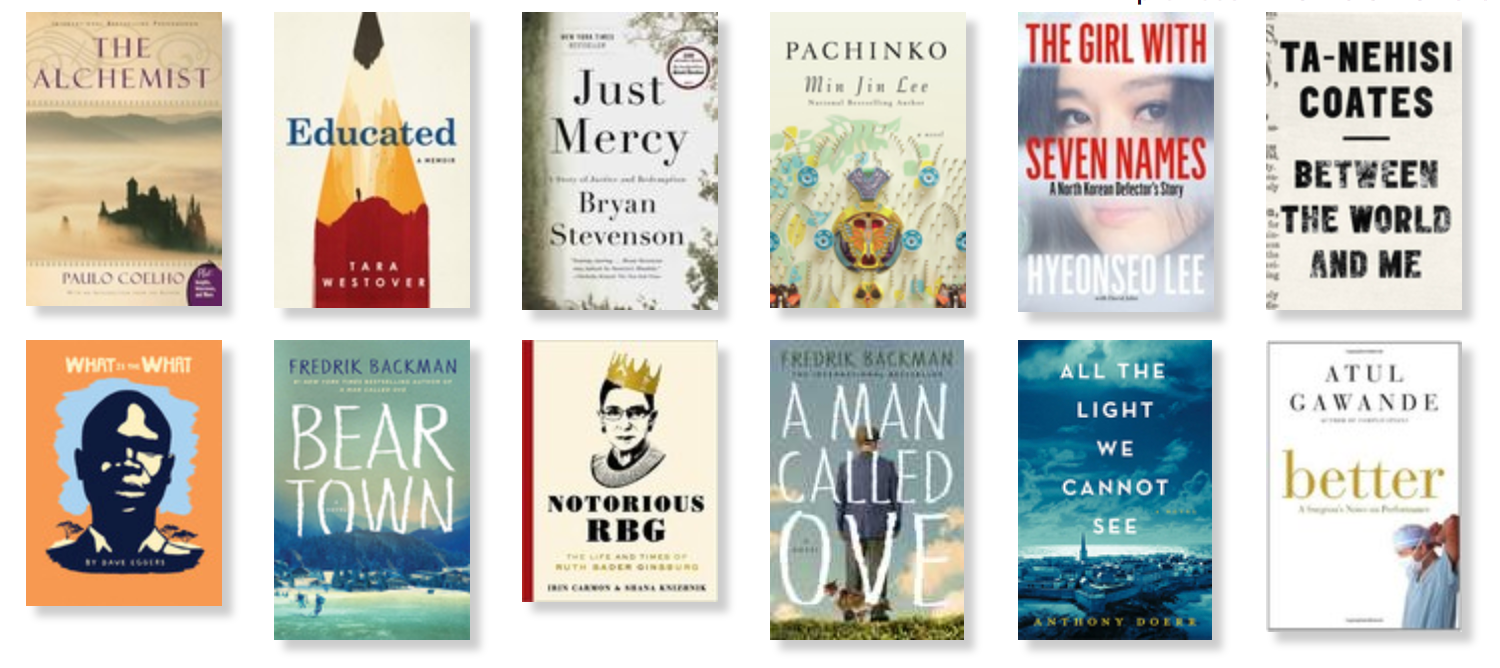Blog
Tracing the Roots of Japanese Cuisine


Tracing the Roots of Japanese Cuisine
November 18, 2018
The first time I tried sushi was while passing hors d’oeuvres during cocktail hour at a wedding when I was 17 years old. I was a waitress and bartender at a country club throughout high school and college. The chef had rolled smoked yellow tail sushi. After passing a few rounds and watching the guests moan while devouring what was on the trays, I had to sample it. My colleagues and I would chow down on the few pieces remaining on the tray. I mean, I wasn’t going to serve them again. That just seemed wrong.
I fell in love instantly with this delightful wannabe rendition. It was starter sushi – the kind I would likely balk at today. Eventually, I would upgrade to sashimi and expand my palate over the next decade to several other foods of Japan – teriyaki, ramen, soba and yakitori, a dish with which my college roommate was obsessed. Though, I had unlimited access to these foods in New York, like most, I tended towards sushi as my entree of choice…the adulterated American version, that is.
The history of sushi, one of the world’s most beloved foods, is beyond fascinating. The story begins in Thailand more than 5,500 years ago with fermenting fish and eventually evolves to consumption of fresh, raw fish and seafood alongside rice. The invention of the nigiri and maki was driven by an increasing demand for convenient foods. In essence, sushi was Japan’s first fast food. It is the only fast food for which I will publicly declare my adoration.
Even with its roots dating back to Thailand, sushi is most certainly authentic Japanese fare. But the rest of the cuisine has morphed dramatically over time from it’s traditional roots to modern-day. China has been its greatest influence, shaping both the ingredients and methods of preparation. Early Japanese cuisine was simple, typically consisting of rice, soup and a few small vegetable dishes. Nearly all major building blocks of contemporary Japanese cooking originated in China – chopsticks, barley, buckwheat and wheat-based noodles, soybeans and tea.
In 1853, Japan opened its door to other foreign countries. The United States, Germany, France and Italy began to play a role in further refinement of the cuisine. Not surprisingly, the demand for certain foods increased, such as meat and wheat-based products, shifting the Japanese diet towards ready-made sauces, wheat-based products and greater meat consumption.
After learning this, it’s no surprise that I wasn’t swooning over many of the foods I’ve sampled thus far. To my dismay, most sauces used in Japanese cooking today are bought pre-made off the shelf (in plastic bottles to make matters worse). Many are laden with sugar or sugar derivatives. Japanese curry, a popular dish with the locals, is made from blocks of curry bullion with the first four ingredients being wheat flour, oil, salt and sugar. Curry powder comes in fifth. Ketchup, mayonnaise and Worcestershire sauce are key ingredients in more sauces that I’d like to believe. As you can tell, I’m not a fan of these three condiments.

Similar to Korea, alongside fresh produce, meats and fish, the larger section of Japanese supermarkets is dedicated to processed, packaged foods. Think Cup Noodle but bigger and more sophisticated. You’ll find at least 2 aisles dedicated to dried packaged noodle bowls, rice bowls, meal packets and processed snacks.
So, what does a truly authentic Japanese meal look like? The good news is it does exist. Ichiju-sansai, which translates to “one soup and three dishes”. It’s a set meal of a soup, often miso, a small bowl of rice, a protein-rich main, three vegetable sides and Japanese pickles. The portions are well controlled. It’s seasonal, healthy and balanced, the way we should be eating. At the end of the meal, you’re satiated. Now that’s my kind of dining.
We live in a world where convenience is valued over quality and Japan is no more immune to this than any other country. Fortunately, regardless of what side of the globe you’re on, there will always be people who value culinary tradition and quality. Those are the places I will continue to seek out. I’m a purist when it comes to food. Our food should be natural and as close to homemade as possible. Curating our ingredients and foods not only provides the right control over balancing flavors, but it also preserves the calibre of the food we eat. Plus, it simply tastes better.
This is the first in a series about Japanese cuisine as I explore and sample as many foods as possible. More to come as there is so much to discuss. Thank you for following and stay tuned for my next post!
Discover more from diannajacob.com
Subscribe to get the latest posts sent to your email.
Recent News

About Dianna
May 29, 2024

On Being Single and Child-Free
July 31, 2022

Relearning American History: A Self-Guided Tour of the South
July 7, 2021

Racism: A Global Pandemic
June 8, 2020

Daring Greatly
August 23, 2019

Becoming a Better Me
January 10, 2019


